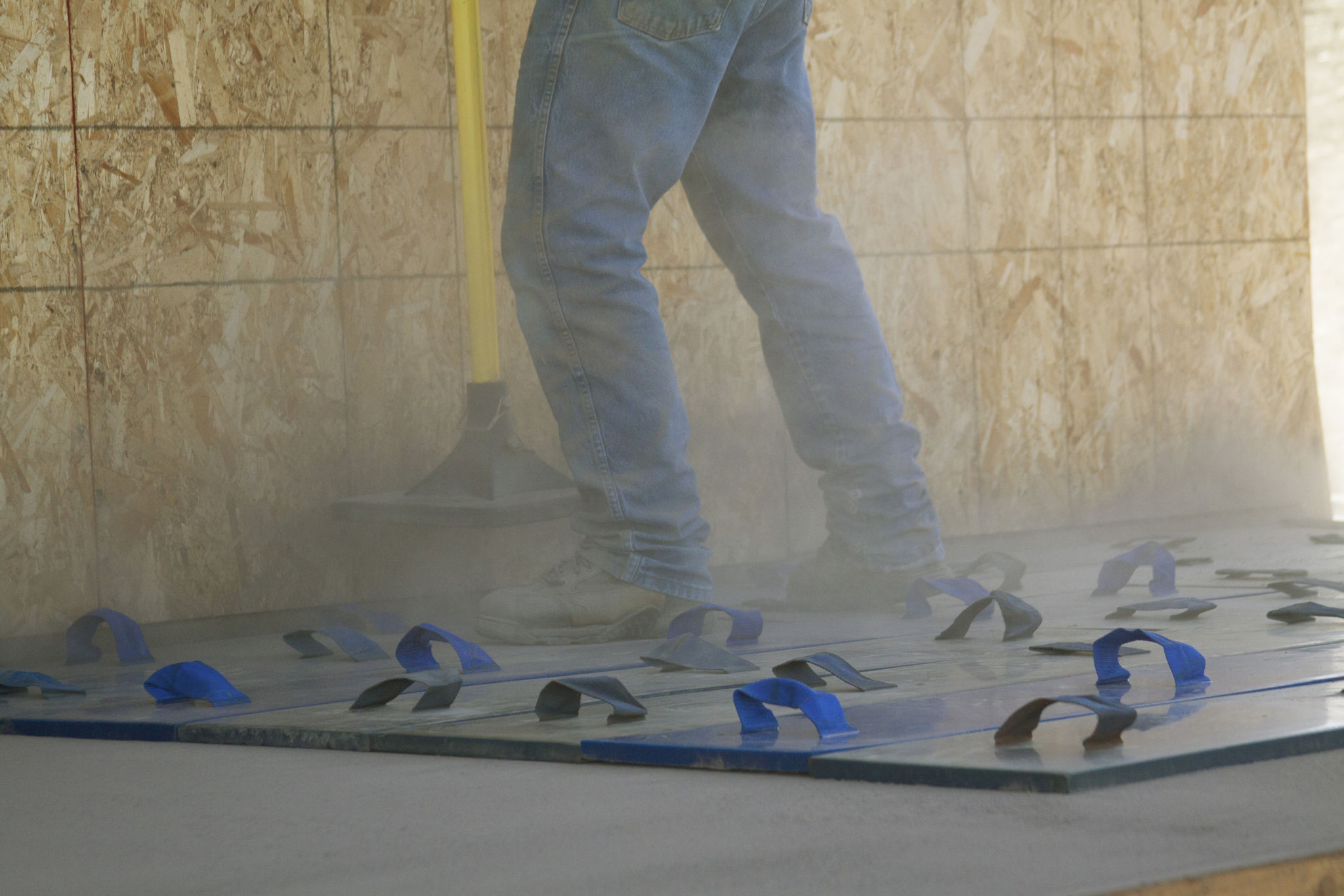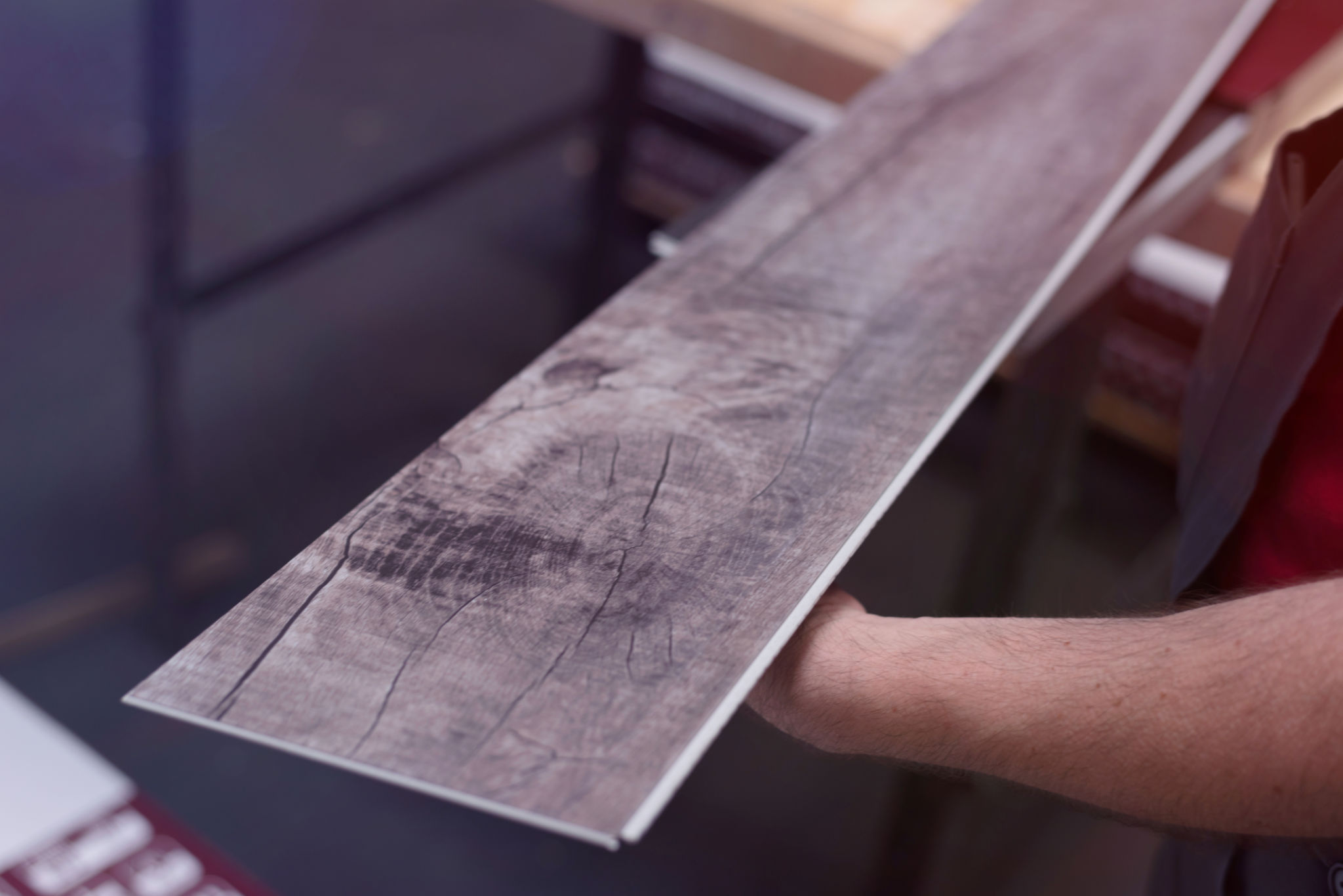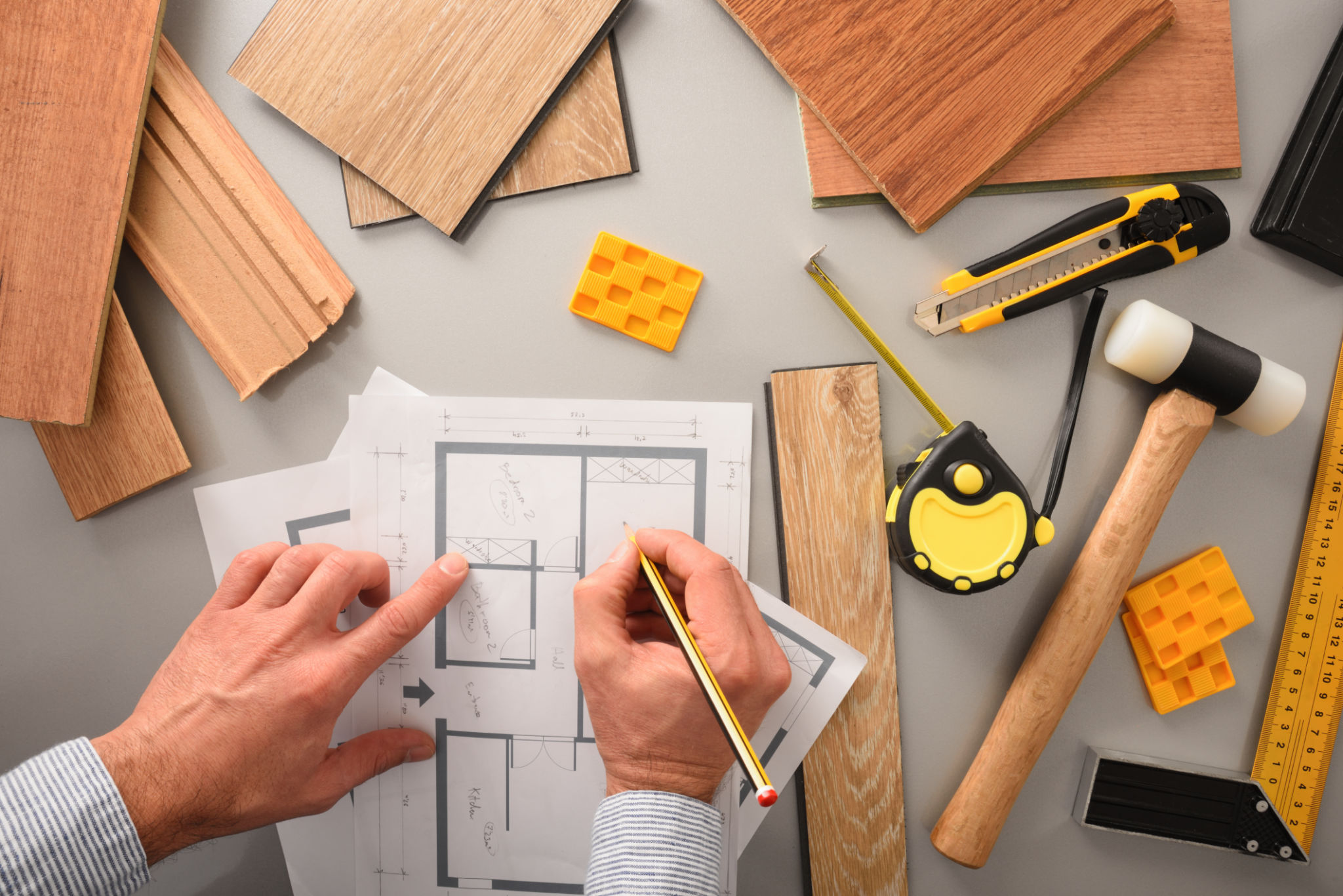Common Mistakes to Avoid During Luxury Vinyl Plank Installation
Introduction to Luxury Vinyl Plank Installation
Luxury Vinyl Plank (LVP) flooring is a popular choice for homeowners looking to combine style with durability. However, improper installation can lead to various issues, affecting both the aesthetics and longevity of the flooring. Understanding common mistakes and how to avoid them is crucial for achieving a professional finish.
Improper Subfloor Preparation
One of the most critical steps in LVP installation is ensuring the subfloor is properly prepared. An uneven or dirty subfloor can lead to problems such as planks not locking together correctly or creating noise when walked upon. Always ensure the subfloor is clean, dry, and level before beginning the installation process.

Ignoring Moisture Levels
Moisture can be a significant adversary in flooring projects. Failing to account for moisture levels in the subfloor can result in warping or mold growth beneath the planks. It is essential to measure moisture levels and consider using a vapor barrier if necessary, especially in basements or areas prone to humidity.
Failure to Acclimate the Planks
LVP needs time to adjust to the room's temperature and humidity. Failing to acclimate the planks before installation can cause expansion or contraction issues after installation, leading to gaps or buckling. Allow planks to sit in the installation room for at least 48 hours prior to installation.

Incorrect Use of Adhesives
While many LVP options are designed for a floating installation, some require adhesive. Using the wrong type of adhesive or applying it incorrectly can result in planks not adhering properly, causing movement and potential damage. Always follow the manufacturer's recommendations for adhesive use.
Poor Layout Planning
Rushing the layout process can lead to unsightly results, such as narrow planks at one end of the room or awkward transitions between rooms. Take time to plan your layout, ensuring that cuts are evenly distributed and that planks run parallel to the longest wall for a visually appealing result.

Inaccurate Cutting and Measuring
Precision is key in LVP installation. Incorrect measurements can lead to gaps along walls or around obstacles like door frames. Always double-check measurements before cutting planks and use a sharp utility knife or saw for clean cuts.
Neglecting Expansion Gaps
LVP requires space to expand and contract with temperature changes. Failing to leave adequate expansion gaps around the perimeter of the room can cause buckling or lifting over time. Ensure that you leave a gap of at least 1/4 inch between the planks and walls or other fixed objects.
Conclusion: Achieving a Professional Finish
Avoiding these common mistakes when installing luxury vinyl plank flooring can significantly enhance the quality and durability of your project. By preparing adequately, paying attention to detail, and following manufacturer guidelines, you can achieve a professional-looking finish that adds beauty and value to your home.